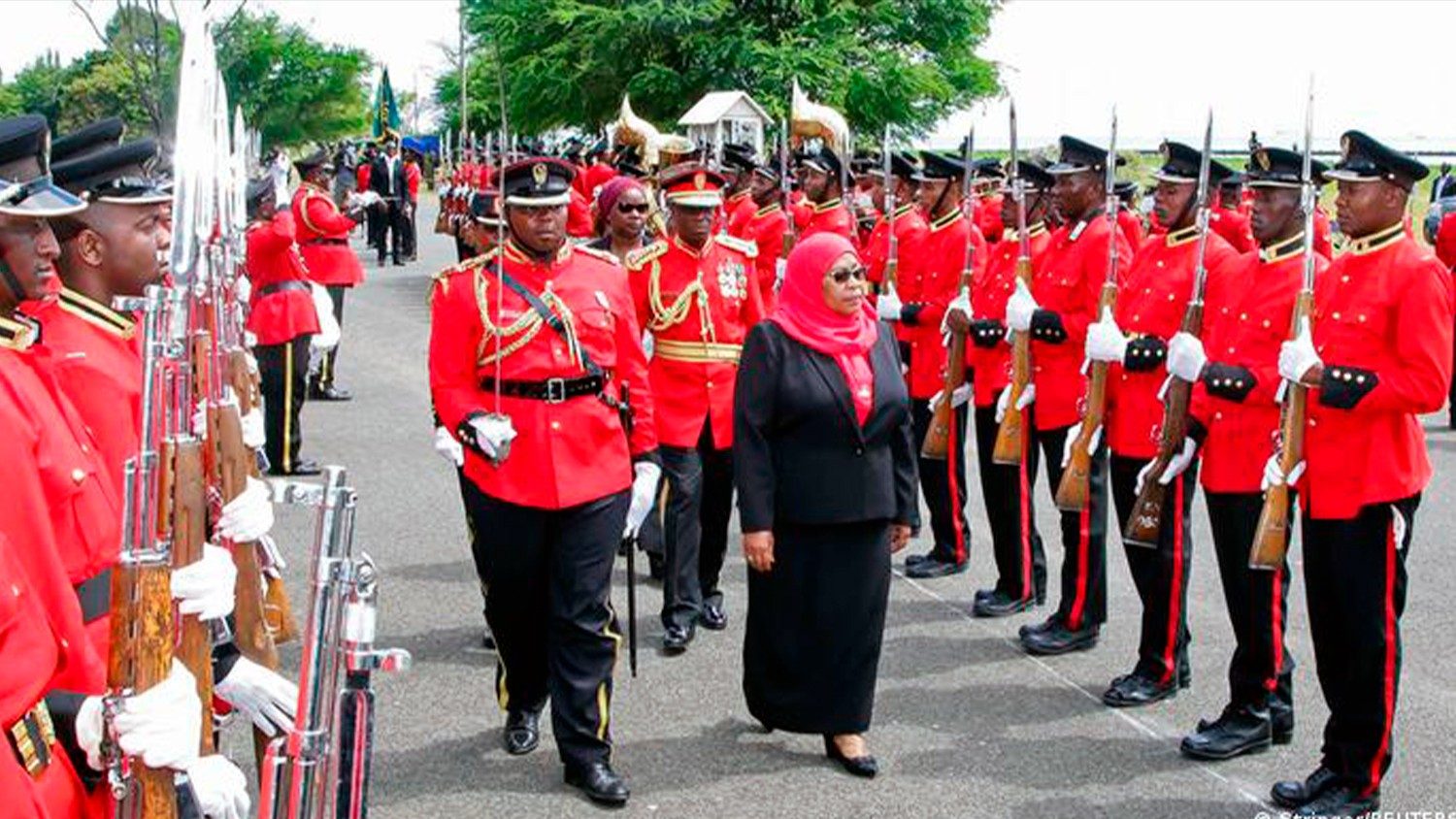In modern video game development, the mechanics behind how characters cross roads or navigate through traffic are far more than simple obstacles; they embody a complex interplay of physics, psychology, and cultural influences. Understanding these mechanics provides insight into how game designers craft immersive experiences that are both challenging and educational. From early arcade titles to today’s sophisticated simulations, the evolution of crossing mechanics reflects broader trends in realism, safety awareness, and player engagement.
This article explores the core principles, historical development, cultural influences, and future directions of road crossing mechanics in gaming — illustrating these concepts with examples like arrow keys maybe— a modern reflection of timeless design challenges.
- Introduction: The Significance of Road Crossing Mechanics in Modern Game Design
- Evolution of Road Crossing Mechanics in Video Games
- Fundamental Principles Behind Road Crossing Mechanics
- Cultural and Media Influences on Road Crossing Design
- Case Study: “Chicken Road 2” and Its Reflection of Modern Crossing Mechanics
- The Role of Classic Game References in Modern Design
- Non-Obvious Factors Influencing Crossing Mechanics
- Designing Crossings for Diverse Audiences and Contexts
- Future Trends in Road Crossing Mechanics and Game Design
- Conclusion: The Interplay Between Real-World Mechanics and Game Design Innovation
1. Introduction: The Significance of Road Crossing Mechanics in Modern Game Design
Road crossing mechanics are fundamental elements in many video games, especially those simulating urban environments or requiring character navigation through traffic. These mechanics involve core concepts like timing, obstacle avoidance, and environmental cues, which are crucial in creating believable interactions between pedestrians and vehicles within a game world.
Realistic and engaging crossing mechanics significantly enhance player immersion by mimicking real-world behaviors and safety considerations. For example, in simulation games or educational titles, accurately modeling how pedestrians respond to traffic signals or vehicle behavior helps players learn safe crossing practices. Historically, early games featured simplistic collision detection, but contemporary titles emphasize physics-based interactions and AI-driven behaviors to elevate realism.
Design approaches are often shaped by a blend of real-world data, societal attitudes towards safety, and technological capabilities. This evolution reflects an ongoing effort to balance challenge, realism, and educational value in game design.
- Interaction between pedestrian and vehicle movement
- Environmental cues like traffic lights and crosswalk signals
- Player agency and decision-making under risk
2. Evolution of Road Crossing Mechanics in Video Games
a. Early representations: simplistic and functional designs
In the earliest arcade and console titles, crossing mechanics were often rudimentary. Games like Frogger (1981) used simple timing-based mechanics, where players had to move across a busy road with minimal environmental feedback. These designs prioritized gameplay challenge over realism, often with predictable obstacle patterns and limited AI behavior.
b. Transition to more complex, physics-based interactions
As technology advanced, developers incorporated physics engines and AI-driven vehicle movement. This shift allowed for more dynamic crossing scenarios, such as realistic vehicle acceleration, deceleration, and collision responses. Modern titles simulate traffic flow variability, requiring players to interpret environmental cues more carefully.
c. Impact of real-world accident statistics on game realism and safety messaging
Real-world data on pedestrian accidents has influenced game design, especially in educational or urban planning games. For instance, simulations that replicate crossing dangers encourage awareness and promote safety behaviors. These mechanics can subtly educate players about the importance of looking both ways and obeying signals, mirroring real-life safety campaigns.
3. Fundamental Principles Behind Road Crossing Mechanics
Effective crossing mechanics balance challenge and fairness, ensuring players feel appropriately tested without frustration. This involves:
- Environmental cues: Traffic lights, crossing signals, and auditory cues guide players and influence AI behavior.
- AI behavior: Vehicles respond realistically to player actions, with varied speeds, gaps, and reactions based on traffic patterns and time of day.
- Player agency: Allowing players to make meaningful decisions while maintaining tension ensures engagement and educational value.
4. Cultural and Media Influences on Road Crossing Design
Popular media, such as the 1999 episode of Family Guy, has played a role in shaping perceptions of crossing scenarios. Such portrayals often exaggerate hazards for comedic or dramatic effect but also influence how designers approach crossing challenges in games — balancing realism with entertainment.
Cultural perceptions of safety, influenced by media and societal attitudes, impact game narratives. In some regions, crossing behaviors may vary—drivers’ assertiveness, pedestrian patience, and adherence to signals differ across cultures, prompting game developers to adapt mechanics accordingly.
Portrayals of hazards, like reckless drivers or jaywalking pedestrians, can serve educational purposes, raising awareness about urban safety and promoting cautious behaviors through engaging gameplay.
5. Case Study: “Chicken Road 2” and Its Reflection of Modern Crossing Mechanics
“Chicken Road 2” exemplifies how contemporary games incorporate realistic crossing behaviors. The game integrates data-driven obstacle patterns, AI that mimics traffic flow, and environmental cues similar to actual urban settings. Players navigate crossing challenges that mirror real-world complexities, using arrow keys to time movements accurately.
For example, obstacle design includes moving vehicles with varied speeds and unpredictable gaps, encouraging players to interpret cues and make safe crossings. AI behaviors adapt dynamically, creating authentic challenges akin to real-life scenarios, demonstrating how data-informed design enhances gameplay.
6. The Role of Classic Game References in Modern Design
Early arcade classics like Donkey Kong introduced obstacle placement and timing challenges that continue to influence modern crossing mechanics. Donkey Kong’s barrel-throwing, for instance, is a metaphor for obstacle placement — timing and spatial awareness are key skills that persist in contemporary games.
Lessons from these early titles emphasize the importance of challenge continuity, ensuring players develop skills that transfer across game genres and eras. The challenge design, rooted in simple mechanics, has evolved but remains fundamentally similar, highlighting the enduring nature of well-crafted obstacle timing.
7. Non-Obvious Factors Influencing Crossing Mechanics
- Psychological factors: Risk perception and player stress influence how crossing challenges are perceived and managed. Games may adjust difficulty to maintain engagement without causing frustration.
- Technological advancements: AI, physics engines, and procedural generation enable dynamic, unpredictable crossing scenarios, enhancing realism and replayability.
- Ethical considerations: Games can promote safety awareness by modeling cautious crossing behaviors, subtly encouraging players to adopt real-world safety habits.
8. Designing Crossings for Diverse Audiences and Contexts
Accessibility is vital in inclusive game design. Features such as adjustable difficulty, visual cues for color-blind players, and haptic feedback in VR systems accommodate a broader audience. Cultural differences also influence crossing behaviors — games tailored for different regions may emphasize varying safety norms or crossing strategies, reflecting local urban environments.
With the rise of cross-platform and AR/VR applications, crossing mechanics are evolving further. Augmented reality can overlay crossing cues onto real-world environments, creating immersive safety education tools that adapt to local traffic patterns and pedestrian behaviors.
9. Future Trends in Road Crossing Mechanics and Game Design
- Integration of real-world data: Using smart city data and traffic simulations can create hyper-realistic crossing scenarios, fostering urban planning education and safety awareness.
- Educational games: Titles focusing on urban safety can incorporate data-driven crossing mechanics to teach children and adults about safe crossing behaviors in engaging ways.
- Technological innovations: AI advancements, sensor-based interactions, and real-time adaptations will enable more responsive and personalized crossing challenges, bridging the gap between real and virtual environments.
10. Conclusion: The Interplay Between Real-World Mechanics and Game Design Innovation
The mechanics governing how characters cross roads in games are a reflection of broader societal, technological, and pedagogical trends. They influence gameplay, challenge, and education — shaping player experiences in meaningful ways. As societal attitudes towards safety evolve and technology advances, game designers must adapt crossing mechanics accordingly.
“Games like Chicken Road 2 serve as modern illustrations of how timeless principles of obstacle timing, realism, and player agency continue to influence contemporary game design.”
Looking forward, innovations such as integrating real-time traffic data, harnessing AI for adaptive challenges, and leveraging AR/VR technologies promise to further enrich crossing mechanics. These developments will not only enhance entertainment but also serve educational and safety purposes, bridging virtual challenges with real-world urban experiences.














Leave a Reply